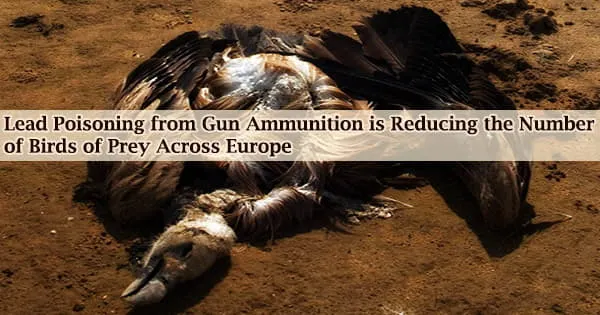A biogeochemical cycle is the movement of chemical elements and compounds through the biological, geological, and chemical components of an ecosystem. These cycles involve the cycling of nutrients and elements through various stages, including the atmosphere, soil, water, and living organisms. There are several important biogeochemical cycles, including the carbon cycle, nitrogen cycle, phosphorus cycle, and water cycle. Each cycle involves different processes and pathways that allow elements to move through different reservoirs or pools within the ecosystem.
For example, in the carbon cycle, carbon is exchanged between the atmosphere, the ocean, and living organisms through processes such as photosynthesis, respiration, and decomposition. In the nitrogen cycle, nitrogen is converted into different forms by bacteria, plants, and animals, and moves between the atmosphere, soil, and living organisms.
A biogeochemical cycle is the process by which a chemical substance cycles through Earth’s biotic and abiotic compartments. The biosphere is the biotic compartment, and the abiotic compartments are the atmosphere, hydrosphere, and lithosphere.

Overview
Energy flows in a directional manner through ecosystems, entering as sunlight (or inorganic molecules for chemoautotrophs) and leaving as heat during the numerous trophic level transfers. The matter that makes up living organisms, on the other hand, is conserved and recycled. Carbon, nitrogen, hydrogen, oxygen, phosphorus, and sulfur are the six most common elements associated with organic molecules.
They exist in a variety of chemical forms and can exist for long periods of time in the atmosphere, on land, in water, or beneath the Earth’s surface. Weathering, erosion, water drainage, and continental plate subduction are all geologic processes that contribute to material recycling. The recycling of inorganic matter between living organisms and their environment is known as the biogeochemical cycle because geology and chemistry play important roles in the study of this process.
Biogeochemical cycles exist for chemical elements like calcium, carbon, hydrogen, mercury, nitrogen, oxygen, phosphorus, selenium, iron, and sulfur, as well as molecular cycles like water and silica. There are also macroscopic cycles like the rock cycle, as well as human-induced cycles for synthetic compounds like polychlorinated biphenyls (PCBs). There are reservoirs in some cycles where a substance can remain or be sequestered for an extended period of time.
The biogeochemical cycles are critical for maintaining the balance and stability of ecosystems, as they ensure that essential elements are constantly cycled and available for use by living organisms. However, human activities such as deforestation, agriculture, and industrialization can disrupt these cycles, leading to environmental problems such as climate change, eutrophication, and water pollution.
















